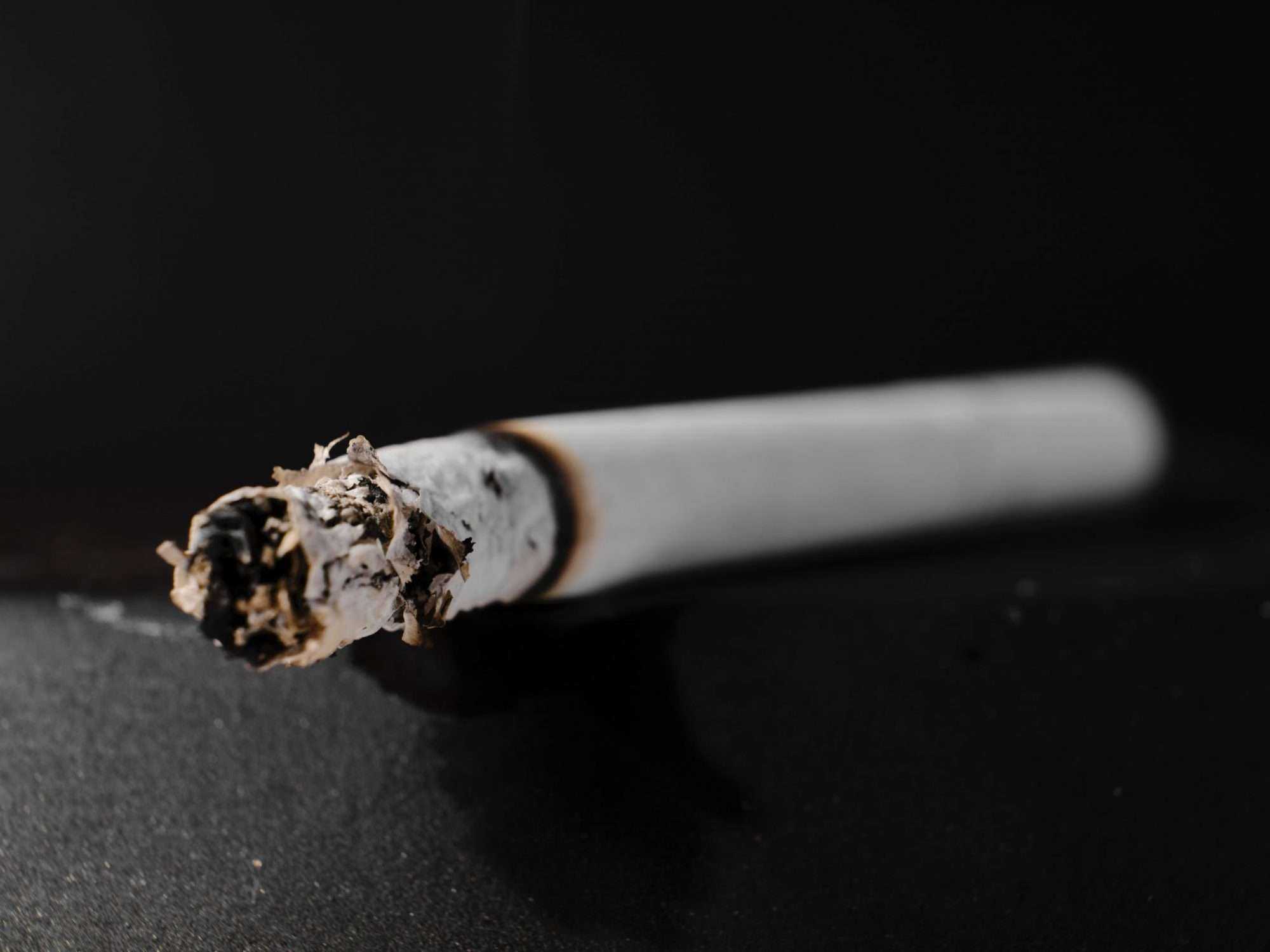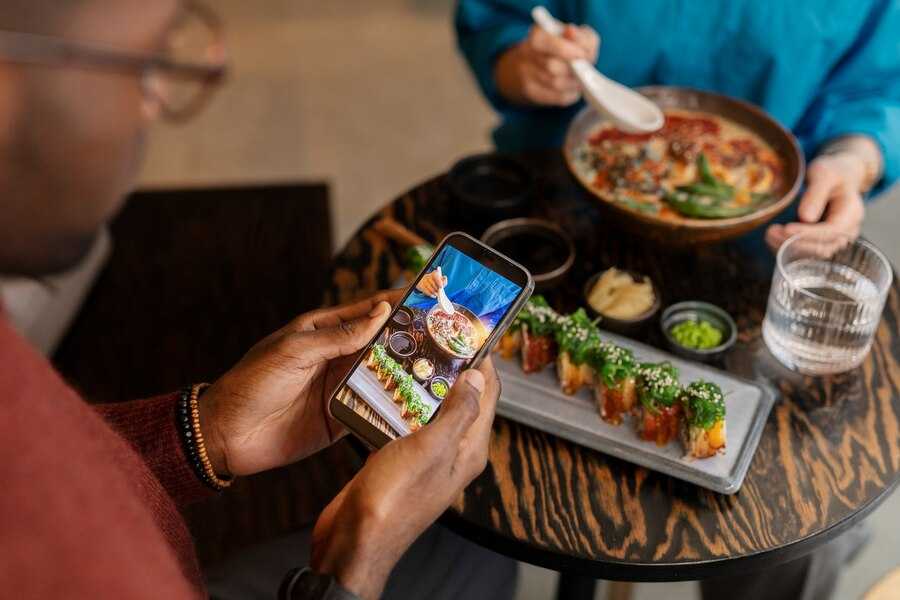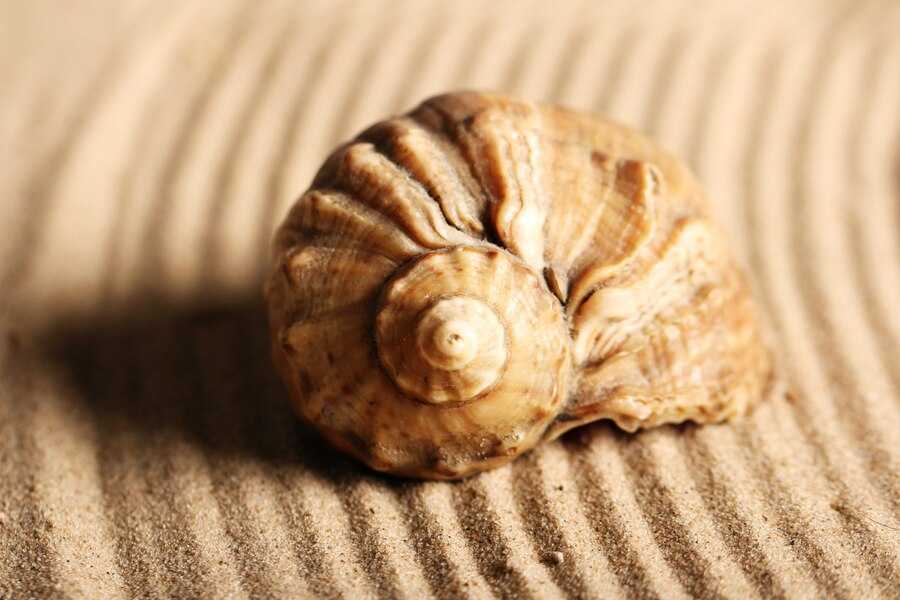Junior Contributors
Come on you guys. Let’s whirlpool our way out of bad habits!

Junior Contributors
The cost of convenience: how much does delivery really cost?
Junior Contributors
Beneath the waves: Unveiling the legacy of the transatlantic slave trade in the Bahamas
Junior Contributors
Unveiling the Mysteries of the Fibonacci Sequence: Nature’s hidden code
-

 Community News2 weeks ago
Community News2 weeks agoChemical hair straighteners are causing uterine cancer, fibroid tumors and infertility in women of colour
-

 Community News2 weeks ago
Community News2 weeks ago“Stop egging me on!” Companies are simply getting better at carefully wording things on their packaging
-

 Community News2 weeks ago
Community News2 weeks agoRichard Rooney gifts $5 million to the African Studies Centre and the Centre for Caribbean Studies at the University of Toronto
-

 Community News2 weeks ago
Community News2 weeks agoNot just a reunion; It’s a powerful catalyst for unity and growth. Welcome to the 10thBiennial Jamaica Diaspora Conference
-

 Community News2 weeks ago
Community News2 weeks agoSharp rise in the number of medically assisted deaths in Canada sparks concerns
-

 Community News2 weeks ago
Community News2 weeks agoAmplifying authentic African narratives; the stars came out at the BSO Symposium
-

 Junior Contributors7 days ago
Junior Contributors7 days agoBeneath the waves: Unveiling the legacy of the transatlantic slave trade in the Bahamas
-

 The Poetic Word7 days ago
The Poetic Word7 days agoEverlasting Flames-to be Submitted
































